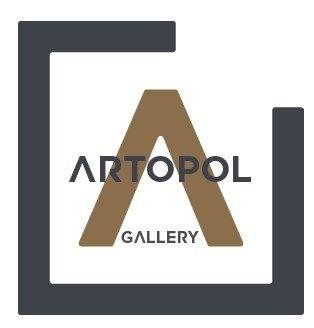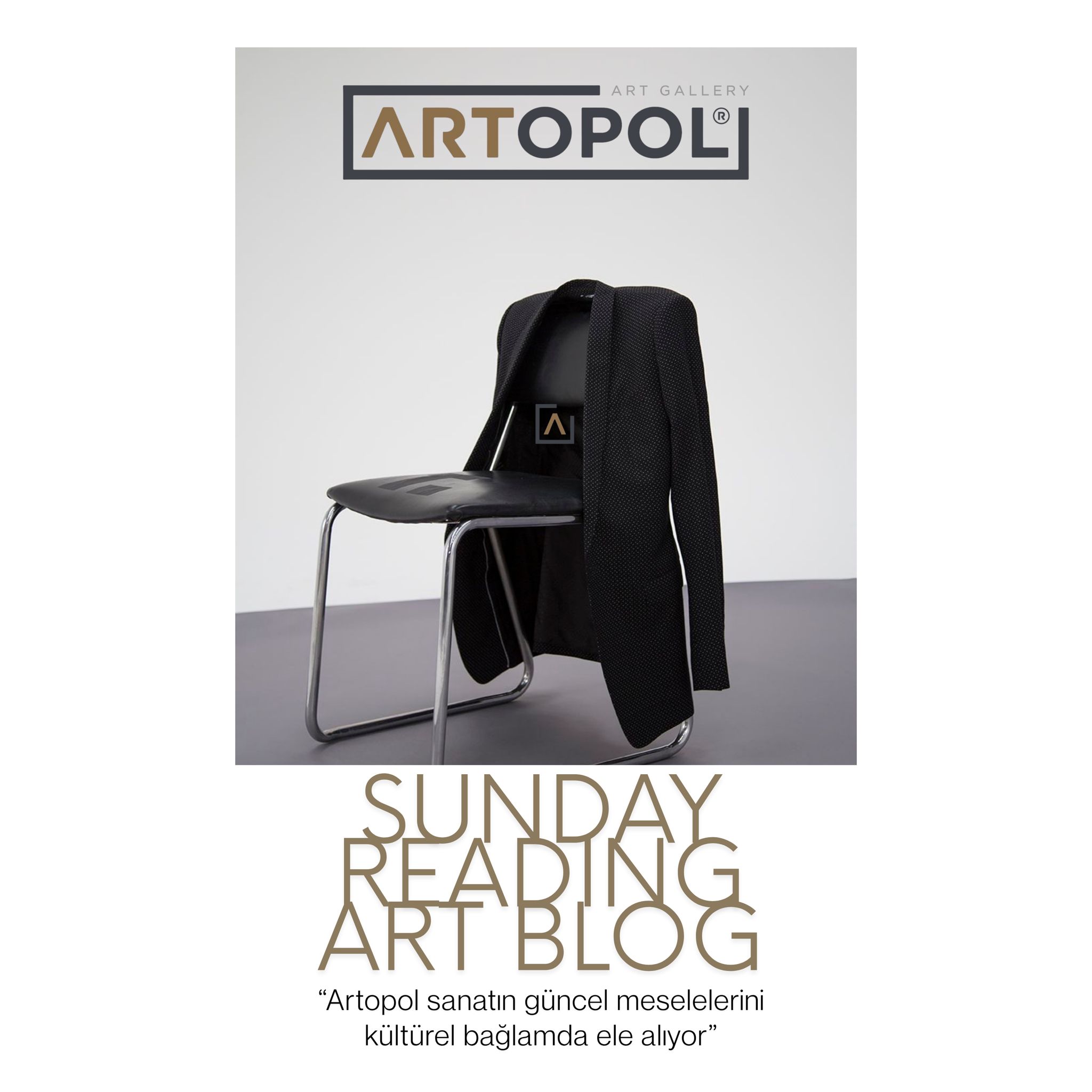Burhan Cahit Doğançay (September 11, 1929 – January 16, 2013) was a famous painter and photographer. Doğançay first became known for translating walls he saw in different cities around the world over 50 years into works of art. Later, he revealed works that gained widespread recognition, such as Blue Symphony. Before going into more detail about Burhan Doğançay’s art, we will touch upon his life.
The Life and Works of Burhan Doğançay
Burhan Doğançay was born in Istanbul. Influenced by his father, who was also a painter, his interest in art began in childhood. His father, Adil Doğançay, instilled in him a love for painting and art. Another painter during his childhood, Arif Kaptan, also had a significant impact on his passion for art. He initially pursued his education more like a lawyer than an artist, studying at the Faculty of Law at Ankara University, a well-established law school. After graduating, he decided that turning to art was the right choice for him and attended the Académie de la Grande Chaumière art courses in France. While taking art courses, he also pursued a doctorate in economics at the University of Paris. His true passion, which made him famous, began to emerge during this period. His love for painting was inspired by a wall he saw. The colors and worn state of this wall reflected societies, that is, people. Inspired by this, Doğançay embarked on a lifelong artistic journey, dedicating himself to art while setting aside his economic and legal education.
After completing his studies in France, he returned to Ankara. Here, he joined the Art Lovers’ Club and held exhibitions together with his painter father. He continued producing artworks and in 1961, he submitted five of his paintings to the 22nd State Painting and Sculpture Exhibition, all of which were accepted.
In 1962, Burhan Doğançay went to New York. In 1963, he held his first international exhibition during a visit to Paris. That same year, he represented Turkey alongside many renowned artists at the Washington Square Galleries in New York. In 1964, Thomas Messer, director of the important Guggenheim Museum in New York, admired one of Doğançay’s works and ensured it was exhibited in the museum.
During this period, he created watercolor paintings for the cover of Journal American. The artist painted New York in watercolor. He also produced works reacting to contemporary events, supporting graffiti artists under attack in the subways, and created works focused on New York Metro Walls.
His international recognition and devotion to art increased around 1969 when he began working full scholarship at Demirhindi Lithography Workshop. Over a long period of ten years, the artist produced an extensive body of work consisting of 16 stone prints.
In the 1970s, Doğançay developed an interest in photography. During these years, he turned his attention to the walls of New York and began the photo series “Walls.” Walls were of great importance to the artist—they were the source of his inspiration, the connection to his art, and the spark of his creative life. In 1975, he crowned this idea with a massive project, collecting photographs from 114 countries under the name “Walls of the World.” In 1982, he exhibited the photos in Paris under the title “Whispering Walls,” which received high acclaim.
In 1972, at a ball in a New York hotel, he met Angela Haussmann, who would later become his wife. They married six years later. In 1976 and 1977, the artist worked in Switzerland and in 1977 held an exhibition in Istanbul.
During this 20-year period, he created many works and received numerous awards. His photographs of the restoration of the Brooklyn Bridge were particularly well received and exhibited at JFK International Airport. After the exhibition, the series was published as a book titled “Walls of the World.”
Continuing his work on the Walls project without pause, the artist visited countries such as Togo, South Africa, Zimbabwe, and Russia. While photographing walls in downtown Johannesburg, he was attacked with a knife but survived with minor scratches. His camera was stolen during the attack but recovered later when the thief was caught. That year, he produced silk prints in Turkey for the Walls series.
During this period, the artist won many awards and held numerous exhibitions. A brief overview of these follows.
Exhibitions and Awards of Burhan Doğançay
1992: He was awarded the Medal of Appreciation by the Russian Ministry of Culture and became the first Western artist to exhibit at the Russian State Museum. Later, his works were displayed at the Union of Artists in Moscow.
1995: He received the Lifetime Achievement and Cultural Support National Medal in Art from the Republic of Turkey.
2001: He held a retrospective exhibition at Dolmabahçe Palace.
2003: His work “Respect for Calligraphy Art” began being exhibited at the European Parliament Building.
2004: He established Turkey’s first modern art museum under the name Doğançay Museum.
It is noteworthy that the artist held 20 solo exhibitions and participated in over 30 group exhibitions. His works have been displayed in major countries including the USA, Germany, Austria, Belgium, the United Kingdom, Denmark, France, Sweden, Switzerland, Japan, Canada, Russia, Turkey, Jordan, and Greece. Now we will discuss some of his significant works in more detail.
The Walls of the World
In the 1970s, Doğançay began his second project, “The Walls of the World.” The photographs he took worldwide served as both a historical archive and the foundation of his artistic approach. The marks left on walls and human touches were very important to him. According to him, walls are mirrors of society. This project is the main reason for his widespread recognition today.
Works Produced at Demirhindi Lithography
He began the long ten-year Walls V project here. By adhering to the rules present in the workshop, he partially abandoned the previously random approach to walls, resulting in more disciplined and graphic compositions.
Aubusson Wall Tapestries
While in Paris, Doğançay met Picaud. Impressed by Picaud’s ribbon series, Picaud immediately offered him a job. According to Picaud, with these works, Doğançay became a pioneer of wall tapestry art in the 21st century.
Image Source: wikipedia.org



